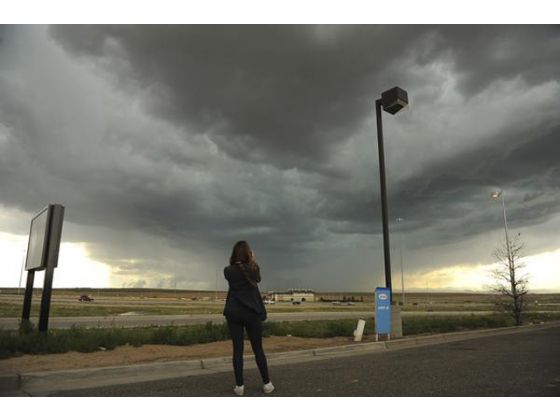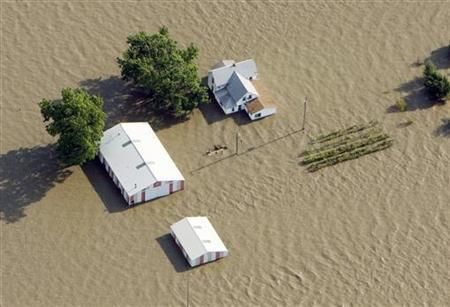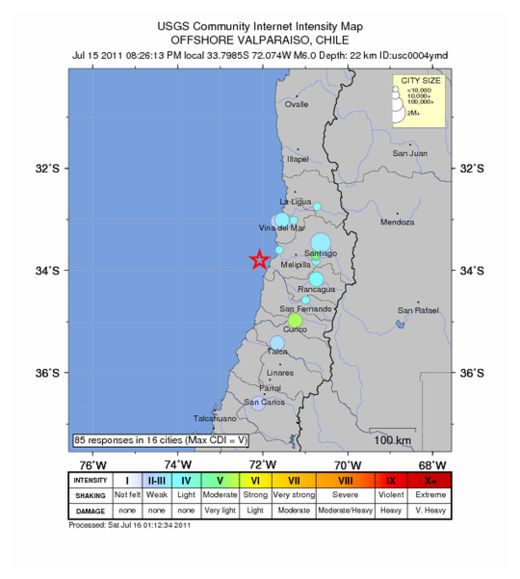
© Helen H. Richardson / The Denver PostMonica Savage of Ft. Lauderdale takes pictures of an approaching storm near Denver International Airport.
More severe weather hit the Denver area and eastern Colorado Thursday, unleashing heavy rain on already-soaked areas and adding to the debris and mud that closed canyon roads west of Boulder.
A rock slide closed a lane of a highway in the mountains west of Boulder, where crews were still trying to clear mud from roads after up to 1.3 inches of rain pounded the area Wednesday night. State transportation officials said most of the rocks were small and no one was injured.
Some roads were closed again Thursday afternoon and an evacuation center was reopened at a YMCA. A flash flood warning was issued for the area where a wildfire burned away vegetation on thousands of acres last fall.
Two large surges of flood water in Boulder Creek Wednesday night prompted warnings to people to get to high ground. No serious flooding occurred.
Several counties in north-central Colorado and the Denver area were under a severe thunderstorm watch Thursday. Sheets of rain swept through Denver and the suburbs as evening rush hour started. Cars were partially submerged in spots where water backed up and water gushed through normally dry gulches.
Property owners were still assessing the hail damage from Wednesday night's storms.
State Farm Insurance said it expects to get about 6,500 auto claims and 4,000 home claims. Damage includes broken windshields and roof and siding damage.










